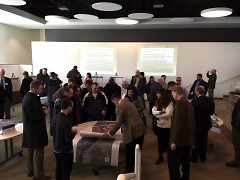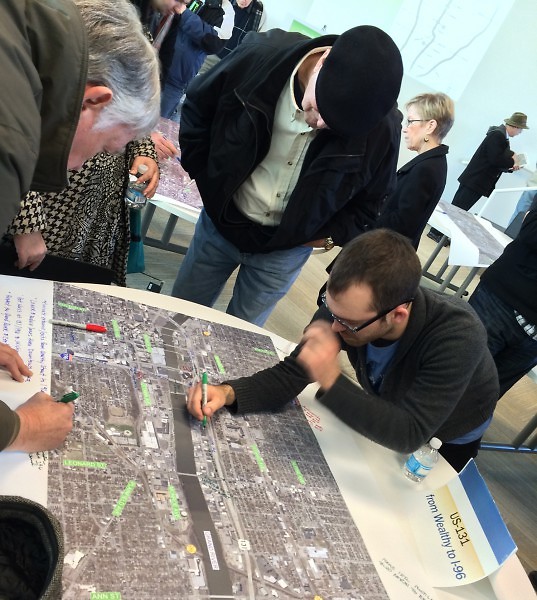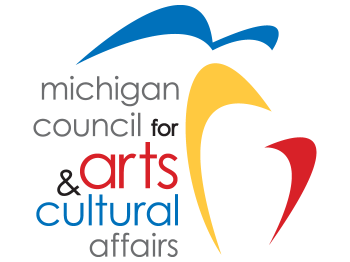The Michigan Department of Transportation (MDOT) is currently conducting a Planning and Environmental Linkages (PEL) study to evaluate the future of US-131 and I-96 in Kent County over the next 20 years.
A portion of the study includes a series of public meetings with MDOT officials to allow the public and concerned stakeholders to voice their concerns over the current state of the highways. According to an MDOT postcard advertising the event, the meeting would also provide means for residents to share their ideas for the highways' futures.
"We were hoping to get some people's thoughts on the current freeway system and maybe some suggestions on how we could make improvements on the system or what their issues were and general comments," says Dennis Kent, a Region Transportation Planner for MDOT.
Throughout the open meeting, community members hunched over map segments of US-131 and I-96 with markers in hand and noted their concerns over troubled areas and provided suggestions for improvement. Posters describing the study were displayed around the room and a projector played a loop of a presentation to inform residents. MDOT representatives were available to answer community members' questions and address their concerns. Many residents expressed disappointment with the format of the gathering.
"My initial hope was that it would more of a town hall format and that I would have the ability to hear what some of the other community members felt about 131 and 96, just to gain some insights to see where people wanted the freeway to go in the future," says resident Josh Croff.
Others had concerns over the information and responses they were getting from MDOT representatives.
"It would be really nice to know what MDOT is thinking, what they have seen and what the feedback will really do," says Kim Sorrelle, an area resident. "Unless you approach someone, you really don't know. Is this just a waste of milk and cookies or is this truly something that they are considering?"
Croff echoes her concerns. "Is this true public engagement in the 21st century?"
"I think there is some confusion. This is not a specific project study. This is kind of an open door, what can we look at, what's the long term future of 131, given that there are some financial constraints on what that can be," says Kent in response to these and similar community members' questions.
One of the more popular suggestions from area residents included the removal US-131 and I-96- because of societal, economic and ecological issues- and replacing them with alternative infrastructure.
"US-131 divides our city east side and west side and it runs along one of our most prized natural resources, the Grand River," says Rachel Lee, Kent County resident. "We need to take back that land for the people and for the future. It will probably have a greater economic impact by reclaiming our river, making it a place for people and not for cars."
According to MDOT representatives, there will be an analysis of citizens' issues regarding the highways, and they will present their findings in a public forum in the fall. The PEL assessment is projected to be completed in 18 months and will lead to other possible studies on the highways, such as environmental impact statements and economic studies.
"I've talked to some people and there are a number of different ideas. We'll have to look at what is possible to do and what will take more analysis," says Kent. "There have been a lot of questions about whether the freeway should even exist at all, but that is a much bigger question than what we can answer with this study."
An additional meeting will be held Wednesday, March 12 from 4 p.m. to 7 p.m. at the Walker Fire Station located at 1470 3 Mile Road NW, Walker, MI 48544.
The Rapidian, a program of the 501(c)3 nonprofit Community Media Center, relies on the community’s support to help cover the cost of training reporters and publishing content.
We need your help.
If each of our readers and content creators who values this community platform help support its creation and maintenance, The Rapidian can continue to educate and facilitate a conversation around issues for years to come.
Please support The Rapidian and make a contribution today.



